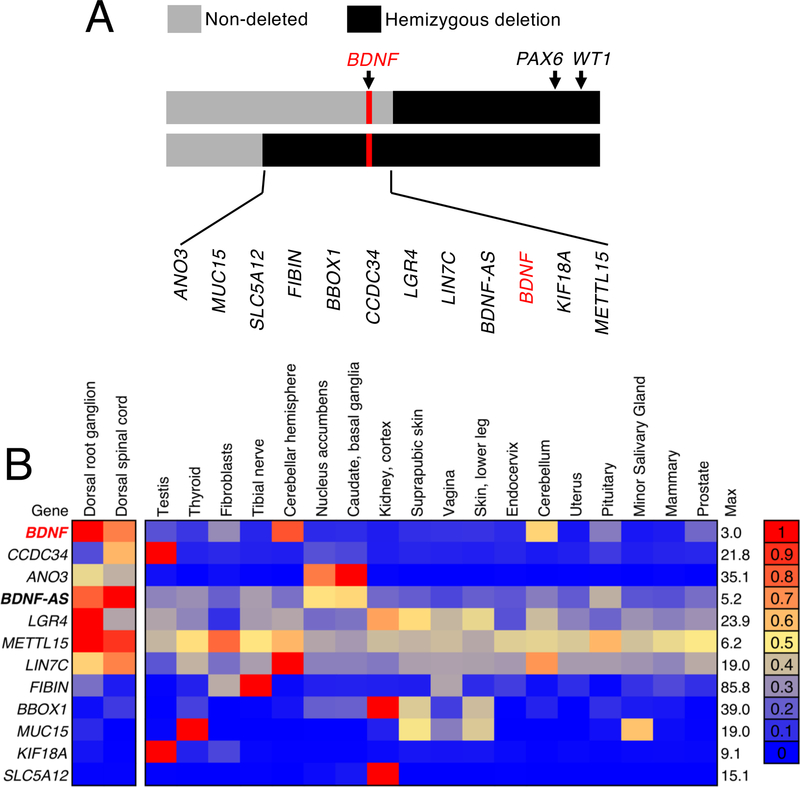Figure 2. Enrichment analysis of selected WAGR locus genes compared to 53 human tissues in the GTEx database.
(A,B) Many of the genes deleted in patients in the present study are expressed in pain circuit tissues in humans. (A) We examined the subset of genes within the deletion boundaries shared by the BDNF+/− individuals but not the BDNF+/+ individuals. (B) To address whether these genes are enriched in these tissues, expression values (sFPKM, MAGIC) were compared with reported median RPKM gene expression values in the GTEx database v6, and ordered by degree of enrichment. The top 20 human tissues enriched for these genes are shown out of a total of 55 tissues examined. Of the genes within this locus, BDNF is the most highly enriched gene in human dorsal root ganglia and dorsal spinal cord samples relative to other tissues. It shows expression in other neural tissues, such as the cerebellum. Notably, the ANO3 gene, which is also among the most enriched genes has been implicated in nociceptive sensitivity in rats, where knockout studies of the orthologous rat gene caused increased thermal and mechanical pain sensitivity[27]. These alterations in pain sensitivity have not been reported in humans with ANO3 mutations to date, who present with cervical dystonia[12].

